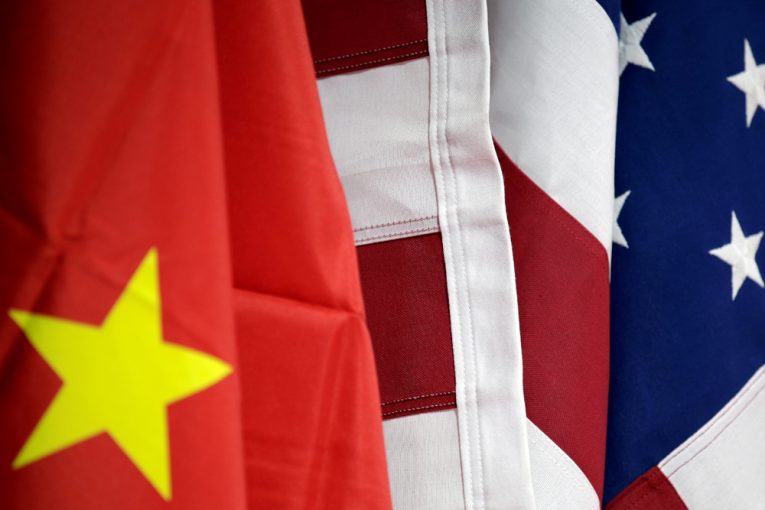
CALGARY – Collateral damage from the escalating trade war between China and the U.S. has hit oil demand hard and could push prices lower if trade tensions continue to escalate.
“It’s bearish. It’s been bearish all along,” said Edward Morse, global head of commodities research at New York-based Citigroup, of the year-long and increasingly tense trade war between the world’s two largest economies.
Crude oil prices tumbled again by 1 per cent or 68 cents per barrel midday Tuesday to US$59.13 per barrel as the market continued to digest U.S. President Donald Trump’s decisions to both label China a currency manipulator and threaten Beijing with a 10 per cent tariff on another US$300 billion of Chinese goods.
Oil producing countries such as Canada will continue to see their main export caught in the crossfire as most analysts expect the trade war between the two countries will drag on.
Morse said the trade war has caused Chinese economic growth to slow, with every 1 per cent drop in Chinese GDP growth translating to a 250,000-barrels-per-day decline in oil demand.
In addition, he said the trade war has had a larger impact on oil demand by slowing global trade growth from 7 per cent before the tariff-brinksmanship of the U.S. and China to just 2.5 per cent after. As a result, global oil demand has declined by half a million barrels of oil per day.
“Just the collapse of trade growth by itself has torn 500,000 bpd out of the demand,” Morse said, adding, “It has had a tremendous effect.”
Morse said he expects Brent prices to decline to the low US$50-per-barrel range by the middle of 2020.
By contrast, the U.S. Energy Information Administration published its own short-term energy outlook on Tuesday forecasting Brent crude oil prices would average US$65 per barrel next year.
Despite the optimistic outlook from the EIA, most oil price forecasters at major North American banks expect weakening oil demand will contribute to lower prices.
Francisco Blanch at Bank of America Merrill Lynch wrote in a research note this week that oil is “at the edge of a cliff.”
He said growth in global oil consumption has slowed to about 600,000 bpd in the past six months compared with an average of 1.5 million bpd over the past four years. “In our view, global oil demand has been trapped for some time between the negative effects of protectionism on industry and the mildly positive effects of populism on consumer sentiment,” Blanch wrote.
Oil prices have also been buoyed by tensions with Iran, which has seen its own oil exports cut by 1.6 million bpd to 2.2 million bpd from a high point 3.85 million bpd last year, he wrote.
For his part, Citi’s Morse sees a low likelihood of trade tensions escalating to the point where a Chinese buyer of crude – many of whom have offices and assets in the U.S. – would be willing to flout international sanctions, even if the Chinese government did. “Companies aren’t willing to risk secondary sanctions,” he said.
Still, economists are pricing additional escalations in the trade war between the U.S., the largest producer of oil in the world, and China, which the EIA called the world’s second-largest buyer of oil in 2016, the last year for which it did the comparison.
While the U.S. move to label China a currency manipulator was a “rhetorical escalation,” Scotiabank commodities economist Rory Johnston says a more real escalation could come if the recently announced tariffs rise from 10 per cent to 25 per cent, further hurting oil demand.
In a July 31 research note, Johnston wrote that oil demand growth “ground to a near-halt” in the first quarter of this year, when it hit an 8-year low of 300,000 bpd.
Johnston said the bank expects oil demand will grow by 1.33 million barrels per day next year, which is less than the growth in oil supply. Most of that growth is also “tilted toward Asia” and could falter in the trade war.
“We’re really teetering on the edge of balance,” he said, adding that he expected Brent would average US$55 per barrel through the end of 2020 but with more downside risks to that price than upside risks.
“No one is attempting to de-escalate,” Johnston said.
• Email:
You can read more of the news on source
